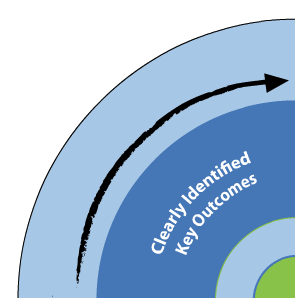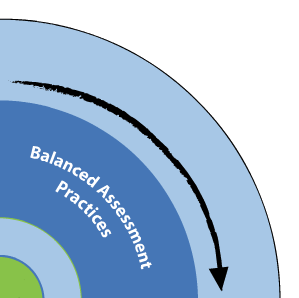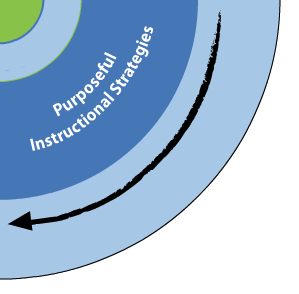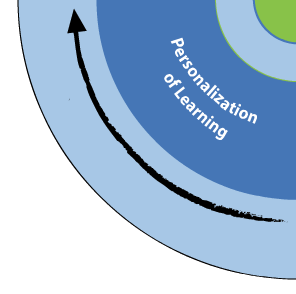Metacognitive Skills - Comparing & Contrasting
Comparing & Contrasting
Page Navigation
(Click to jump to section)
| Brief Explanation | Research | Clearly Identified Key Outcomes | Balanced Assessment Practices | Purposeful Instructional Strategies | Personalization of Learning |
Brief Explanation
- Readers understand new ideas and text by thinking about how things are alike or different; thus, deepening their comprehension.
Research
- By understanding similarities and differences between two things, we can increase our understanding of both.
- Comparing and contrasting gives you a particular point of view, which is useful for readers. Often, you need to look at a selection from different points of view.
- The process of comparing and contrasting helps readers clarify concepts and makes the information memorable. (Allen, 2004)
- Highly effective strategy to teach ELL students.

Clearly Identified Key Outcomes
Use your programs of study for curriculum outcomes related to comparing and contracting.
Please refer to CESD’s Essential Outcomes work if you are using the previous Alberta Curriculum (Grade 7+).
Here is the New Alberta ELAL Curriculum, from the New Learn Alberta website, laid out like a scope and sequence.

Balanced Assessment Practices
Teacher Observations of:
- Graphic organizers
- Venn diagrams
- Comparison chart, T-chart
- Character comparison
- Compare/Contrast essay or paragraph
- Double bubble thinking map

Purposeful Instructional Strategies
PRE
- Model and explicitly teach
- Teach same/different
- Teach sorting
- Compare two different versions of a story
- Show a comparison chart
- Fractured fairy tale – similarities in differences in character/plot/setting
DURING
- Record key ideas on a graphic organizer
- Stop and discuss what they are reading
- Questioning draws out more similarities and differences
- Blank venn diagram to record ideas
- Graphic organizers
- Sticky notes
POST
- See the similarities and differences in other students work
- Orally
- Written
- Sharing
- Graphic organizers
RESOURCES TO SUPPORT OVERALL DEVELOPMENT
- Reading with Meaning (Miller, Debbie 2002)
- Tools for Teaching Content Literacy (Allen, Janet 2004)
- Guiding Readers and Writers (Fountas & Pinnell, 2001)



Personalization of Learning
- Comparison of self to other characters
- Comparison of your own context (cultural society)
- Guided Practice
- Choose topics the child has background knowledge for
- Personally meaningful